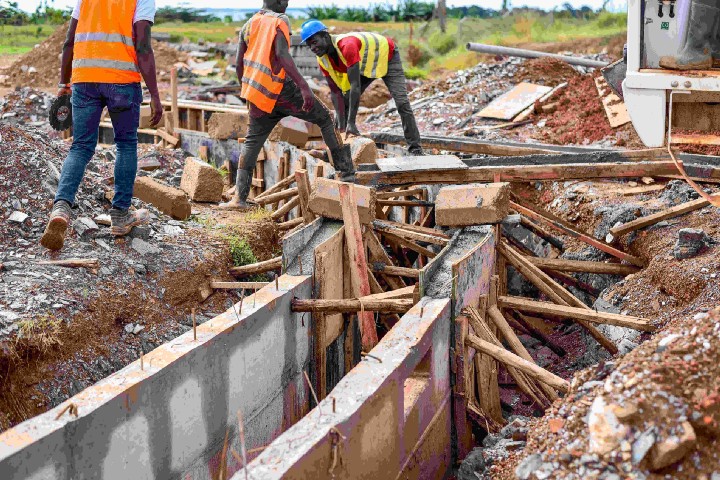Introduction
Arbitration is always presented as an Alternative Dispute Resolution (ADR) mechanism where parties do not have to go to court to resolve a dispute and rather submit the dispute to a neutral third party who renders an award. The key question that arises then is whether the courts have a role in arbitration and if so, what the extent of this role is.
In this article, we shall delve into the role of courts in arbitration from both an international and domestic Ugandan perspective. The international perspective will be based on the UNCITRAL Model Law while the domestic Ugandan perspective will be based on the Arbitration and Conciliation Act 2000.
International perspective with the Model Law
The United Nations Commission on International Trade Law (UNCITRAL) Model Law on International Commercial Arbitration 1985 with amendments as adopted in 2006 (herein referred to as “the Model Law”) outlines the role of courts in arbitral proceedings. Article 5 of the Model Law points out specific circumstances where courts can intervene in arbitration, limiting their interference to supporting the process. Furthermore, the Model Law does not allow judicial supervision on procedural decisions as was held by the Superior Court of Quebec in the case of Cie Nationale Air France v Libyan Arab Airlines[1]. As such, there are restrictions to courts’ involvement in international arbitration.
In essence, the Model Law allows for court intervention in certain instances to aid the process due to the court’s coercive powers which are absent for tribunals. These instances are detailed in Article 6 of the Model Law and can occur at the arbitration’s commencement, during proceedings, and after the arbitrator’s award.
At the beginning of the arbitration, the court aids in enforcing the arbitration agreement, establishing the tribunal, and addressing challenges to its jurisdiction. The courts can be used to enforce arbitration agreements in Article 8(1) of the Model Law by refusing to accept proceedings in court in a matter which is the subject of an arbitration agreement and instead refer that matter to arbitration. Additionally, if there are no clear provisions for constituting the arbitral tribunal or applicable institutional rules, courts may appoint arbitrators as stipulated in Article 11(3) of the Model Law and this can be seen in the case of Montpellier Reinsurance Ltd v Manufacturers Property & Casualty Ltd[2]. While initial jurisdictional challenges may be handled by the tribunal, the final authority on tribunal jurisdiction lies with the courts as affirmed in Article 16(3) of the Model Law and as was held in the case of PT Tugu v Magma Nusantra Ltd[3].
During the arbitration proceedings, courts can intervene in the issuance of interim relief to parties. Article 9 of the Model Law and Article 26(9) of the UNCITRAL Arbitration Rules (2021) (herein referred to as “the Rules”) provide that interim measures by the courts shall not be deemed to be incompatible with the arbitration agreement. These measures which are outlined in Article 17(2) of the Model Law aim to maintain the status quo and the integrity of the arbitration process. They include measures concerning witness attendance and documentary disclosure as provided in Article 27 of the Model Law. Importantly, these interim measures do not waive a party’s right to arbitration.
At the end of the proceedings, courts enforce arbitration awards under Article 34(2) of the Model Law.
The Ugandan Context
In Uganda, arbitration is governed by the Arbitration and Conciliation Act 2000 (herein referred to as the “Act”). The Arbitration and Conciliation Act 2000 is a derivative of the Model Law. The central aim of the Model Law was to harmonize the laws concerning arbitration through the provision of an internationally agreed legal framework for the conduct of international commercial arbitration, with an emphasis on party autonomy and restriction of interference by the courts of the place of arbitration. As such, the Ugandan statute espouses these virtues that are central tenets to the arbitration process.
Similar to the Model Law, the Act restricts court intervention in the arbitral process in section 9 save for the situations that it enumerates. The instances when courts can intervene in the arbitral process are at the commencement of the process, during proceedings and after the arbitrator renders the award to the dispute.
At the beginning of the arbitration process, the court can protect the arbitration process from suffering a still birth by enforcing the arbitration agreement in section 5 of the Act. With this, court is able to refer a matter brought to it back to arbitration if the arbitration agreement between the parties is operable. Unlike the Model Law, the Act does not expressly mention the court as one of the remedies to parties that have failed to appoint an arbitral tribunal. The Act instead refers to an appointing authority in this case. Similar to the Model Law, the final authority on tribunal jurisdiction lies with the courts as illustrated by Section 16(6) and the court’s decision on the arbitrator’s jurisdiction shall be final and not subject to appeal as provided for by section 16(7) of the Act.
During the arbitration proceedings, the court may grant interim measures of relief to parties in the arbitral process under section 5 of the Act. Contrary to the Model Law, the Act does not provide a breakdown of the different interim measures that parties can apply for from court. However, section 28 of the Act permits the courts to assist in the taking of evidence in a means to protect the status quo of the evidence.
At the end of the Arbitral process, the courts can be used to recognize and enforce an arbitrator’s award under section 35 of the Act and also to set aside an award under section 34 of the Act.
Conclusion
Whereas there exists de minimis variations between the Act and the Model Law, both provide for limited court intervention in the arbitral process. The Act and Model Law provide for the courts to occupy a supervisory position and not meddle in the arbitration process thereby supporting the arbitration process to move from commencement stage to enforcement of the arbitrator’s award.
[1] [2000] R.J.Q. 717 (Quebec S.Ct.).
[2] [2008] SC (Bda) 27 Com (24 April 2008).
[3] [2003] SGHC 204.


